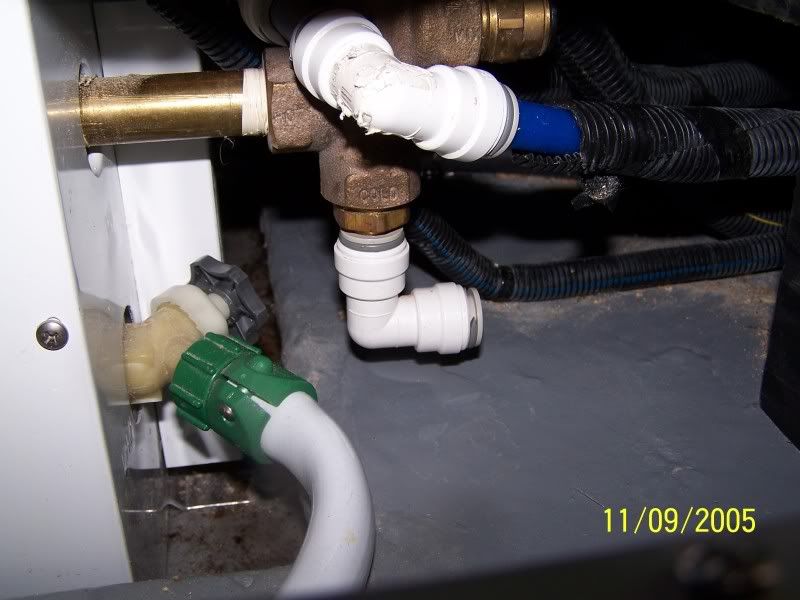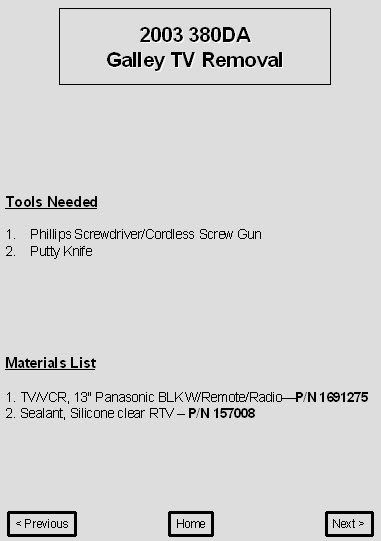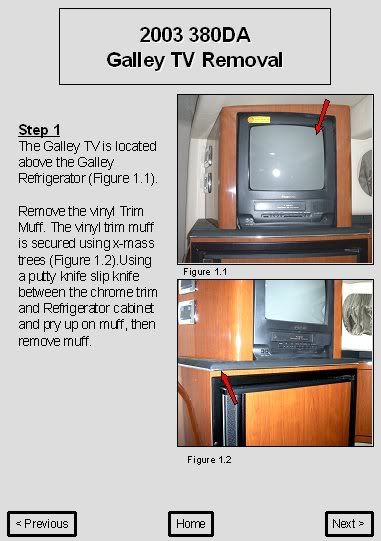<deleted>
Last edited:
Follow along with the video below to see how to install our site as a web app on your home screen.

Note: This feature currently requires accessing the site using the built-in Safari browser.
Here is a picture from my survey. It shows the 2 bilge pumps. Neither pump gets all the water out. So I vacuum it out, and it stays dry for awhile.

Thanks a bunch
That is just how mine is also, I have to wonder why they call the rear pump the emergency high water pump and the forward (aft) pump the rear bilge pump. The float on this with it's location would make it seem more appropriate as the emergency high water pump
Last year I experienced that same issue, this year the only thing I changed was a leaky water pump housing on the generator, and now my bilge stays dry.
The other thing to check our you dripless stuffing box, they do leak occasionally.
The 380 aside of me water heater drain valve was not totally closed by the yard, and it to leaked into the bilge. So there are lots of places where water can come.
Finding the source can be difficult, unless the source leaves a stain.


Hi Michael,
Dominic's thread was extremely helpful when I did my TV's, however, I did have to pull the fridge out a little to get to a couple of screws- .......


